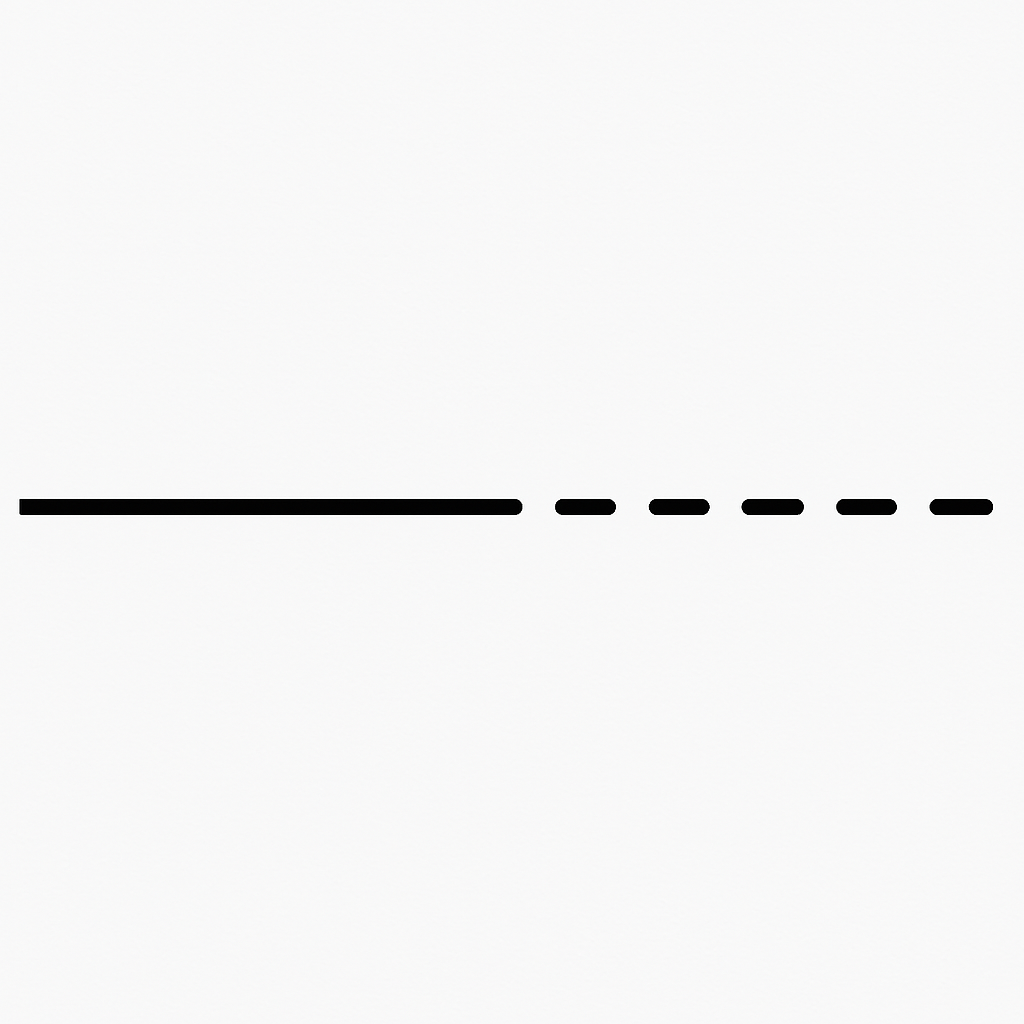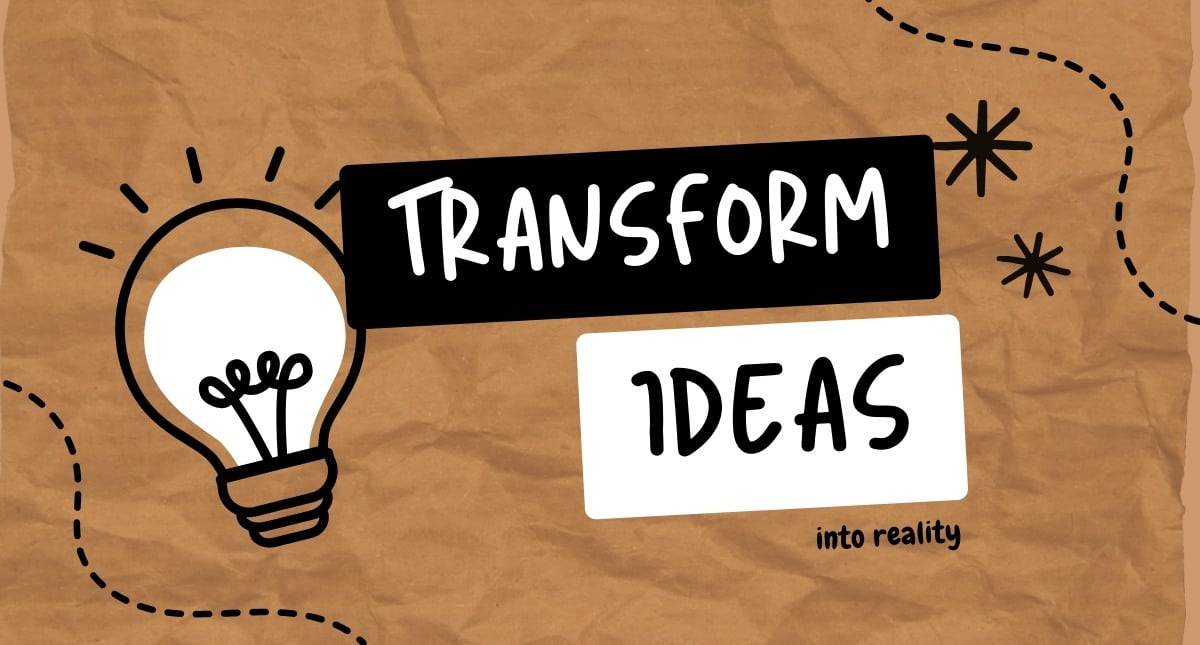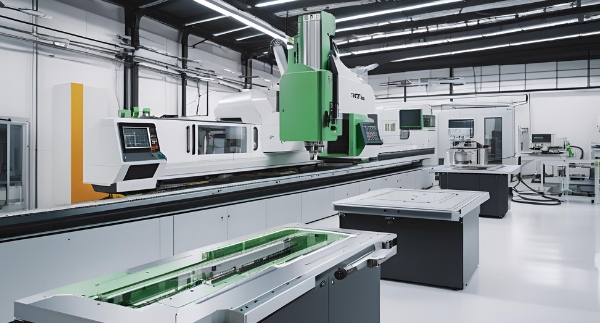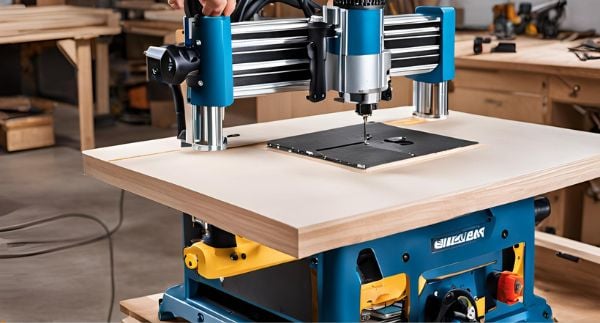Getting Started:
Assuming you have access to a CNC machine and Fusion 360, let’s explore some options for commencing your projects:
- Blank Page: If you possess the necessary artistic skills, you can embark on designing from scratch using Fusion 360’s robust 2D and 3D capabilities. Alternatively, you can initiate your design in another vector editing program like Inkscape or Adobe Illustrator and import it into Fusion 360 for further refinement.
- Design Libraries: Fusion 360 provides an extensive collection of design libraries that can serve as a catalyst for your design process. These libraries offer pre-made components, models, and templates that can jumpstart your project, saving you valuable time and effort.
- Online Marketplaces: Numerous online platforms, including established marketplaces like eBay and Etsy, as well as private Facebook groups, offer a wealth of pre-made designs available for purchase. These designs span a range of prices and intricacy, catering to diverse preferences and skill levels.
- Image Tracing: Suppose you’re a fan of the Los Angeles Chargers and wish to create a sign showcasing your loyalty. With Fusion 360, you can import an image of the team logo in JPG or PNG format, obtained from the internet, and trace it into a vector format suitable for cutting. This process does not demand design skills, although ensuring proper authorization for copyrighted material is imperative.
- Collaborative Platforms: Fusion 360 facilitates collaboration through cloud-based platforms, enabling you to share your designs with team members or clients seamlessly. By inviting others to review, comment, or modify designs, effective communication is fostered throughout the design and manufacturing process.
- Youtube tutorials: To enhance your Fusion 360 skills and learn how to design 3D models step by step, we recommend following YouTube content creators who specialize in teaching Fusion 360. One such channel is Agilemaking.com’s YouTube channel, where you can find easy-to-follow tutorials that will help you master the software and unlock its full potential.
- Hiring Experts: For complex projects or specialized requirements, it’s advisable to consider hiring experts in CNC design and manufacturing.
If you’re looking for professional assistance, we recommend reaching out to Agilemaking.com consultants. Our experienced team can provide valuable guidance and expertise in bringing your ideas to life. Don’t hesitate to contact us and ask for a quote tailored to your specific needs.
From Design to Manufacturing:
Assuming you have a complete design ready, whether self-created or acquired, the subsequent step is to prepare it for manufacturing. Here’s an overview of the process:
- Import the design file into your CAM program, if it’s not already present.
- Assign suitable toolpaths to each vector or feature.
- Perform a 3D simulation to ensure the final part aligns with your expectations.
- Generate G-code, which will serve as the set of instructions to guide your CNC machine during the cutting process.
- Assigning toolpaths to features (Step 2) may initially pose a challenge for newcomers. Nevertheless, the concept itself is straightforward, and with practice, it becomes more intuitive.
Types of Toolpaths:
Various toolpaths are available, each serving a specific purpose depending on the part and machine involved. For beginners, a few fundamental toolpaths should suffice:
- Contour Toolpath: This toolpath follows a selected vector or line and can be configured to cut on the right or left side of the vector, compensating for the cutter size. It can be employed to cut an entire part or create slot-style features by adjusting the cutting depth.
- Pocket Toolpath: The pocket toolpath removes material within selected vectors, automatically adjusting the toolpath to account for cutter size and ensuring the final dimensions match the design. Each pocket can have its own cutting depth.
- Engraving: Similar to the contour toolpath, engraving involves cutting a shallow pass directly on the selected vector/line without offsetting the toolpath to account for cutter diameter.
- V-carve: This toolpath leverages a V-shaped cutter to achieve a three-dimensional hand-carved appearance while ensuring efficient cutting. It is often employed for text engraving and shapes like stars in woodworking projects.
Fusion 360 encompasses all of these toolpaths, enabling you to explore and experiment without commitment.
Advanced Workflows:
The information presented here merely scratches the surface of the myriad ways to go from an idea to a final part using a CNC machine. For those seeking more advanced options, several software solutions offer the capability to create full three-dimensional projects, including Fusion 360’s advanced features. However, for the purpose of this article, the workflow explained above is more than sufficient to create countless projects for personal use, gifting, or selling.
In conclusion, this article has provided you with a roadmap to transform your ideas into physical objects using Fusion 360 and CNC technology. With the knowledge gained about the design-to-manufacturing process, you are well-equipped to embark on your creative journey.
To further enhance your experience and streamline the process, we recommend considering the services offered by Agilemaking.com. Whether you require assistance with design refinement, optimization for CNC production, or professional consultation, Agilemakings.com consultants are there to help.
Additionally, Agilemakings offers an Etsy shop where you can find a range of ready-to-use Fusion 360, STL, and other format files. These files are available for direct download right after purchase, allowing you to save time and jump-start your projects with quality designs. Whether you’re a beginner or an experienced CNC enthusiast, Agilemaking Etsy shop provides a convenient resource for accessing pre-made designs that can inspire your creativity.
Embrace the learning process, continue to experiment, and enjoy the satisfaction of transforming your imagination into tangible reality.
Remember, the world of CNC machining is constantly evolving, and there are always new techniques and possibilities to explore.
With Fusion 360 and the support of Agilemaking.com, you’re well on your way to creating remarkable projects that showcase your unique vision and skills.





